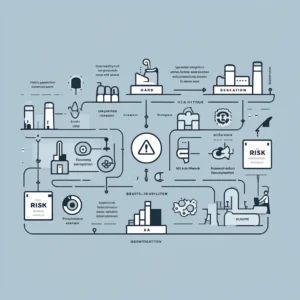
CE Machines Certification
CE machine certification is not entirely the correct term (the proper term is CE marking), but it is a fundamental requirement for machines introduced to the European market, representing a key element in ensuring compliance with European safety standards. This process is not only mandatory but also complex and multidimensional, requiring in-depth technical knowledge and an understanding of legal regulations. The purpose of this article is to provide substantive knowledge about the “CE certification process,” with a particular focus on harmonized standards with the Machinery Directive, the procedure for risk assessment, and key documents such as the EC Declaration of Conformity. This article is aimed at engineers and safety managers who deal with safety and compliance issues for industrial machines on a daily basis.
Definitions of Key Concepts
In the context of the Machinery Directive, a machine is defined as an assembly of interconnected parts or components, at least one of which moves, as well as drive, control, and power elements, that is ready to use for a specific purpose. The difference between a production line and a machine lies in the complexity and autonomy of functions. A production line is a set of machines that work together to perform a series of operations on a product, while a machine typically performs a single function. An incomplete machine is one that cannot perform a specific production function on its own and is intended to be integrated into or assembled with other machines or other incomplete machines to create a machine in accordance with the directive.

CE Machines Certification
The CE machine certification process is a requirement for every manufacturer of machines, production lines, and robotic workstations within the European Union, as well as for those responsible for introducing machines from outside the EU. This process involves assessing compliance with the New Approach Directives, particularly with the Machinery Directive 2006/42/EC and the Machinery Regulation (EU) 2023/1230, which will soon fully replace the provisions of the Machinery Directive.
What is CE Machines Certification and Why is it Needed?
Let’s start with the fact that any machine that is placed on the market and used within the European Union must have the CE mark. This mark confirms that the machine complies with the safety regulations applicable in the European Union. CE machine certification is essentially the process of assessing the machine’s compliance with these regulations. During the compliance process, requirements are checked regarding technical documentation, risk assessment, completeness of documentation, and potential compliance with harmonized standards aligned with the Directives. While using harmonized standards is not mandatory, it offers a unique advantage—presumption of conformity. Therefore, by applying these standards and ensuring compliance with them, we are guaranteed to meet the requirements of the Machinery Directive.
How Does the Process Work?
The procedure for assessing a machine’s compliance with the Machinery Directive can be carried out in three basic ways:
- Internal Production Control: Most commonly used when the machine is not produced serially or is not listed in Annex IV of the Machinery Directive. In this case, the manufacturer independently conducts a hazard analysis, assesses compliance with the relevant standards, and issues the EC Declaration of Conformity without the involvement of a notified body.
- EC Type Examination: Applied to machines listed in Annex IV of the Machinery Directive that require evaluation by a notified body. Under this procedure, the machine undergoes detailed testing for compliance with directive requirements. Following a positive outcome, the notified body issues a certificate of conformity.
- Full Quality Assurance System: Used when the manufacturer has implemented a quality management system in accordance with ISO 9001, covering machine compliance with the Machinery Directive. This system is overseen by a notified body, allowing the manufacturer to independently issue the declaration of conformity for each machine produced.
CE Machines Certification: Harmonized Standards with the Machinery Directive
Harmonized standards play a crucial role in the CE certification process as they provide technical specifications that help manufacturers meet the Machinery Directive requirements. An example is the EN ISO 12100 standard, which outlines guidelines for general machine design principles concerning risk assessment and risk reduction. Using harmonized standards allows manufacturers to more easily obtain the CE marking, as products then meet the minimum safety requirements established by the European Union.
CE Machines Certification: Risk Assessment Process According to EN ISO 12100
Risk assessment is an integral part of machine design and should be carried out at every stage from design to final assembly. The process involves several steps:
- Hazard Identification: Requires considering all possible hazardous situations that may occur during normal machine operation and under emergency conditions.
- Risk Assessment: Involves evaluating the likelihood of a hazard occurring and its potential consequences for health and safety.
- Risk Reduction: Initially, safety measures built into the machine design (safe by design) should be applied, followed by technical measures such as physical guards, and finally control and automatic systems, such as light curtains or safety scanners.
CE Mark – When and How to Affix It
The CE mark is affixed to machines that meet all the relevant requirements of the Machinery Directive. This means that the manufacturer has conducted a conformity assessment, performed the necessary tests, and prepared complete technical documentation. The CE marking signifies that the product complies with all EU regulations concerning safety, health, and environmental protection.

CE Machine Certification: EC Declaration of Conformity
The EC Declaration of Conformity is a key document that must be prepared by the manufacturer or an authorized representative in the EU as part of the CE certification process. It is a formal statement that the product meets all EU legal requirements for CE certification, allowing it to be placed on the European market. Here are more detailed insights into this document:
Why “EC” in the Declaration of Conformity?
The abbreviation “EC” in the document’s name refers to the “European Communities,” a historical term used before the Lisbon Treaty. Although the correct term now is the European Union (EU), this terminology remains in use in many documents and technical regulations. The abbreviation emphasizes that products meet the standards adopted collectively by all EU member states.
CE Machines Certification: EC Declaration of Conformity
The EC Declaration of Conformity must include the following elements:
- Product Identification Information: This includes the product name, type, batch, or serial number.
- Complete Details of the Manufacturer or their Authorized Representative in the EU: This includes the name and contact address.
- List of Harmonized Standards and Regulations Applied: This section should refer to specific directives and standards relevant to the product type.
- Information About the Notified Body: If a notified body was involved in the conformity assessment process, their identification number should be included.
- Statement of Compliance: A declaration that the product meets all relevant requirements related to CE machine certification.
- Date of Issue and Authorized Signatory: The date the declaration was issued and the signature and name of the person authorized to represent the manufacturer.
Significance of the EC Declaration of Conformity
The Declaration of Conformity is not only a legal requirement but also a testament to the manufacturer’s responsibility for ensuring that the product complies with applicable safety standards. It is a fundamental document that may be required by market surveillance authorities, customs, and by clients and business partners who wish to ensure that the products they purchase or work with are safe and legally introduced to the European market. Additionally, this declaration is a crucial part of the product’s technical documentation, important for inspections, legal proceedings, and the maintenance of CE certification.
CE Machines Certification: Benefits of Working with Experienced Partners
In the CE machines certification process, the services of experienced consultants and companies specializing in conformity assessment are invaluable. They assist in interpreting regulations, conducting proper risk analysis, and preparing complete technical documentation, significantly increasing the chances of a successful certification process.
Here are three key benefits of outsourcing the CE certification process to an external company:
- Certainty: Companies specializing in CE certification processes have high-level experts with extensive experience in interpreting and applying EU regulations. They can effectively manage the entire process, minimizing the risk of errors and delays that might arise from incorrect legal interpretations.
- Time and Resource Savings: Delegating CE certification tasks to an external firm allows your company to focus its resources on core activities such as product development, production, and marketing. External firms handle all aspects of certification, from risk analysis to documentation preparation, significantly reducing the time required to obtain certification.
- Risk Reduction and Increased Compliance: Using specialized companies ensures that the certification process is conducted in accordance with current standards and regulations, enhancing machine safety and reducing legal risks associated with market introduction. External experts stay up-to-date with the latest regulatory changes, ensuring that the certification remains current and comprehensive.
Performance Level and Safety Integrity Level (SIL)
Both concepts relate to the reliability of safety functions applied in machines. Performance Level (PL) and Safety Integrity Level (SIL) are indicators that define the ability of safety systems to perform their function in response to potential hazards. The choice of the appropriate level depends on the risk associated with the potential hazard and the operating environment of the machine.
Summary
CE machine certification is a crucial element in ensuring machine safety and protecting user health. Understanding the certification process, properly conducting risk analysis, and working with experienced entities are key to successful certification and compliance.
